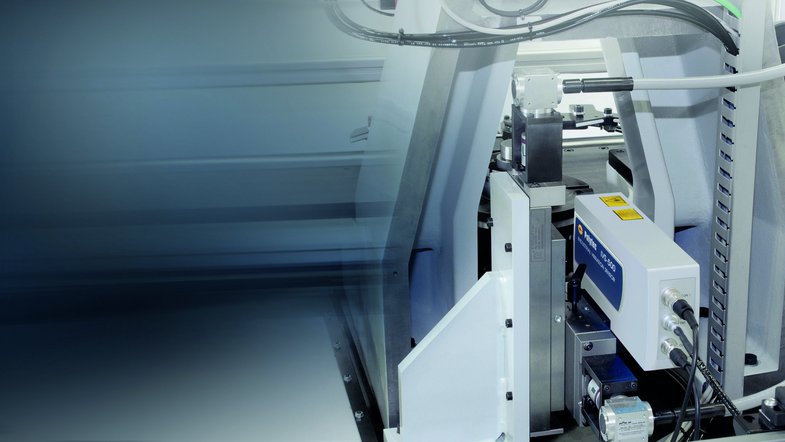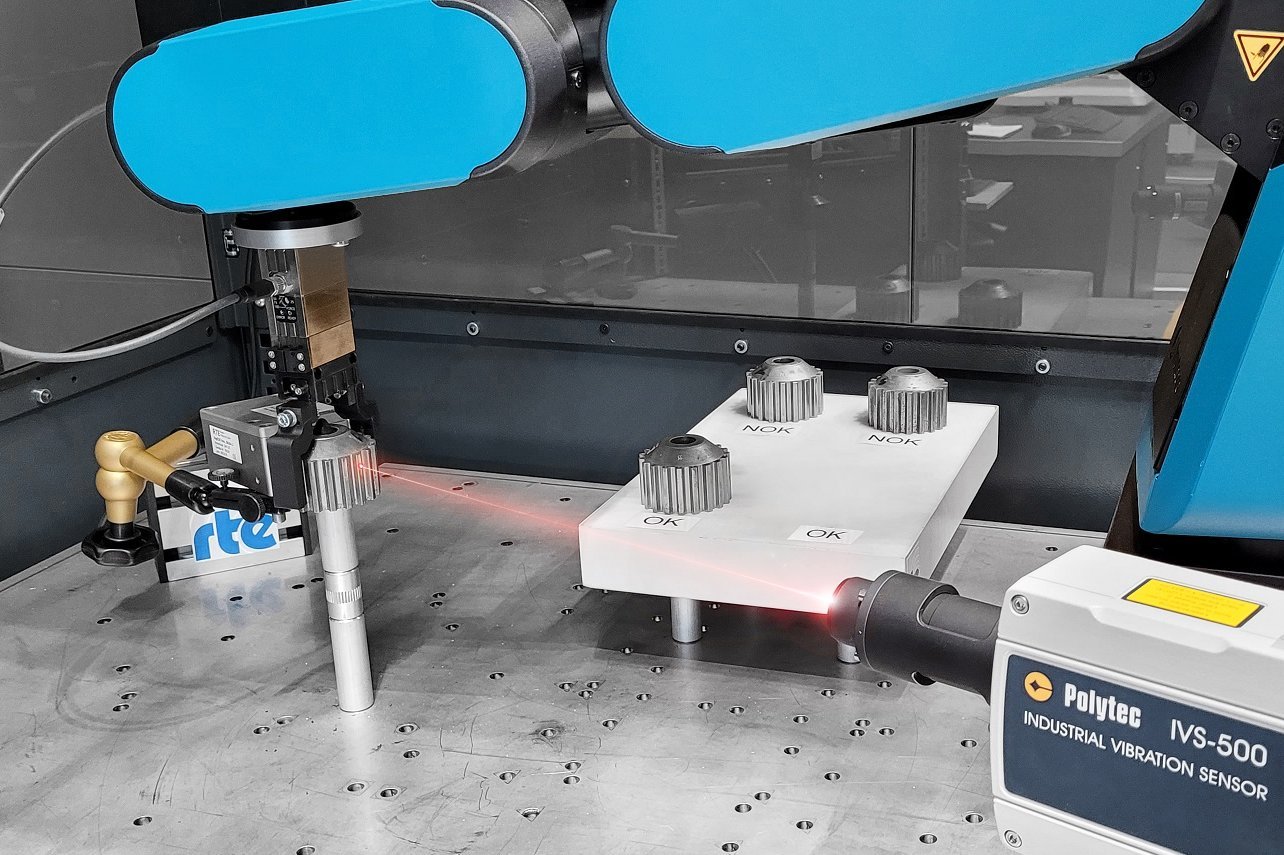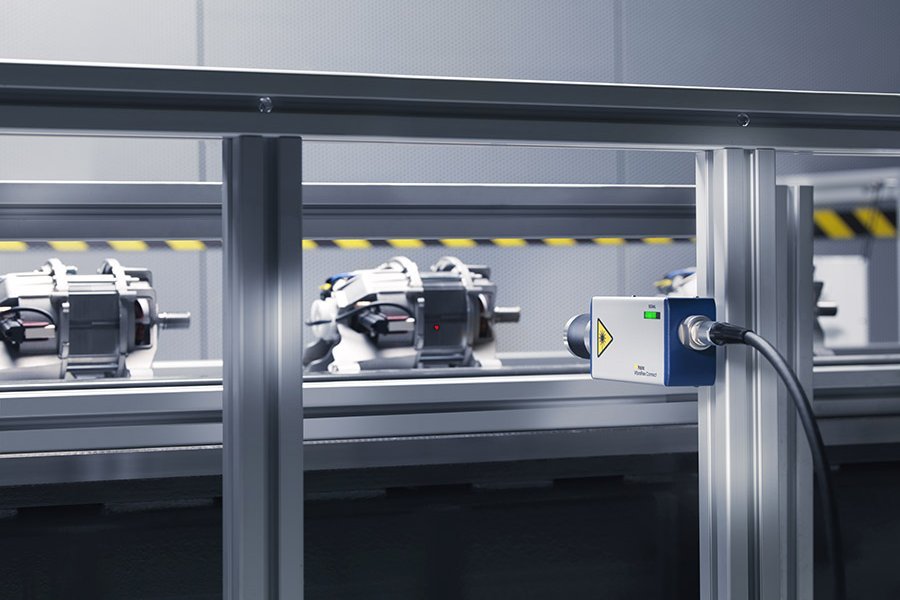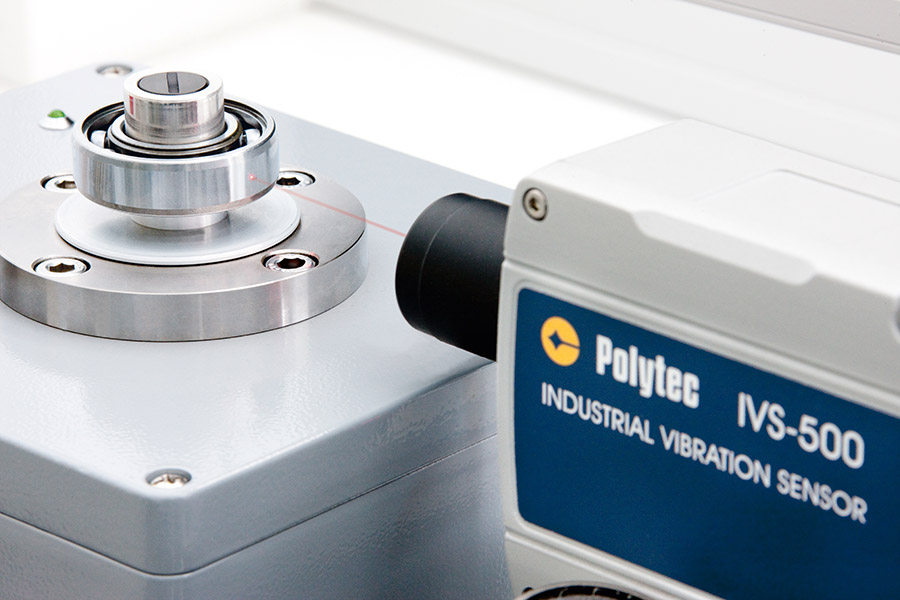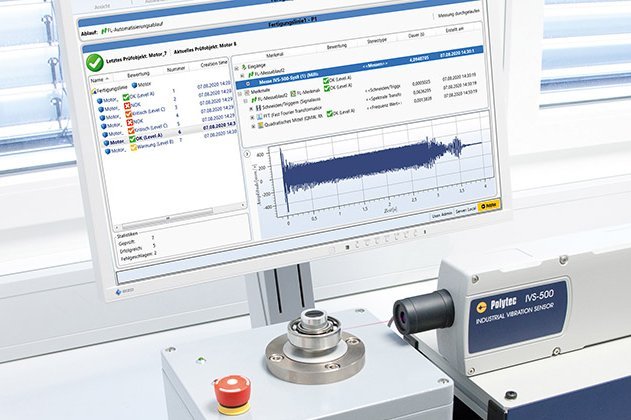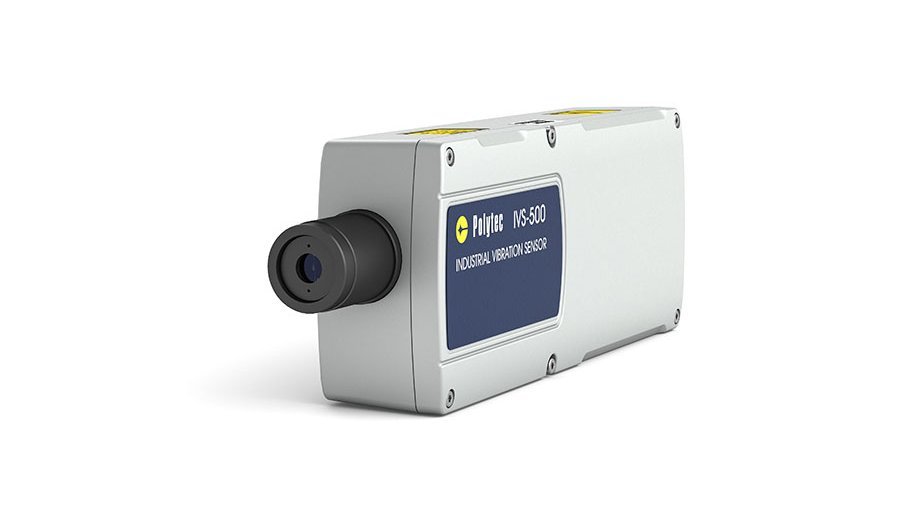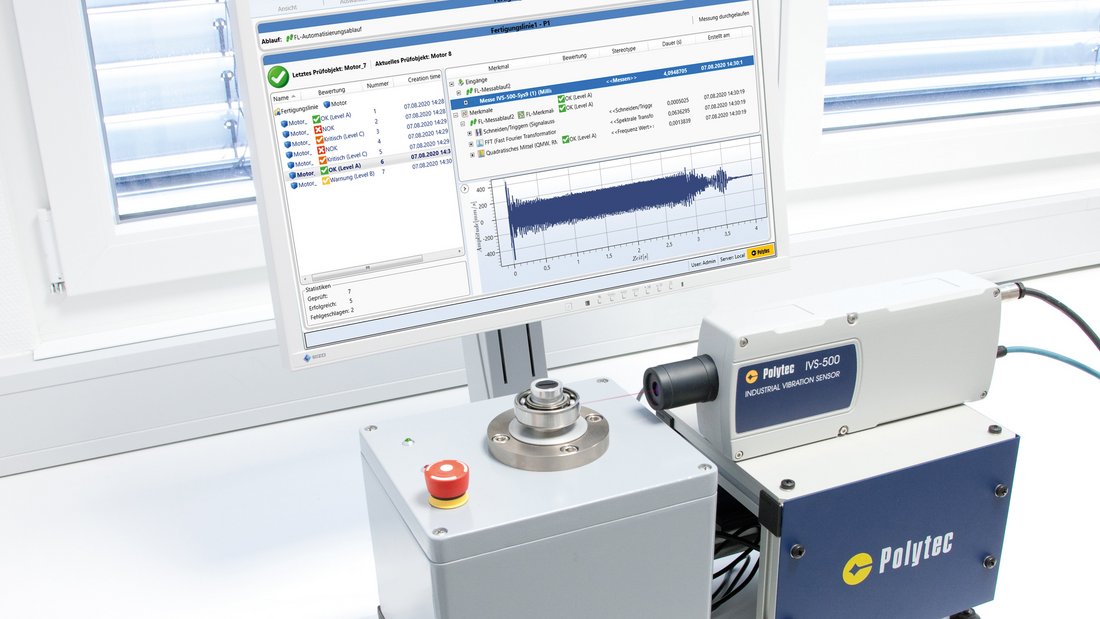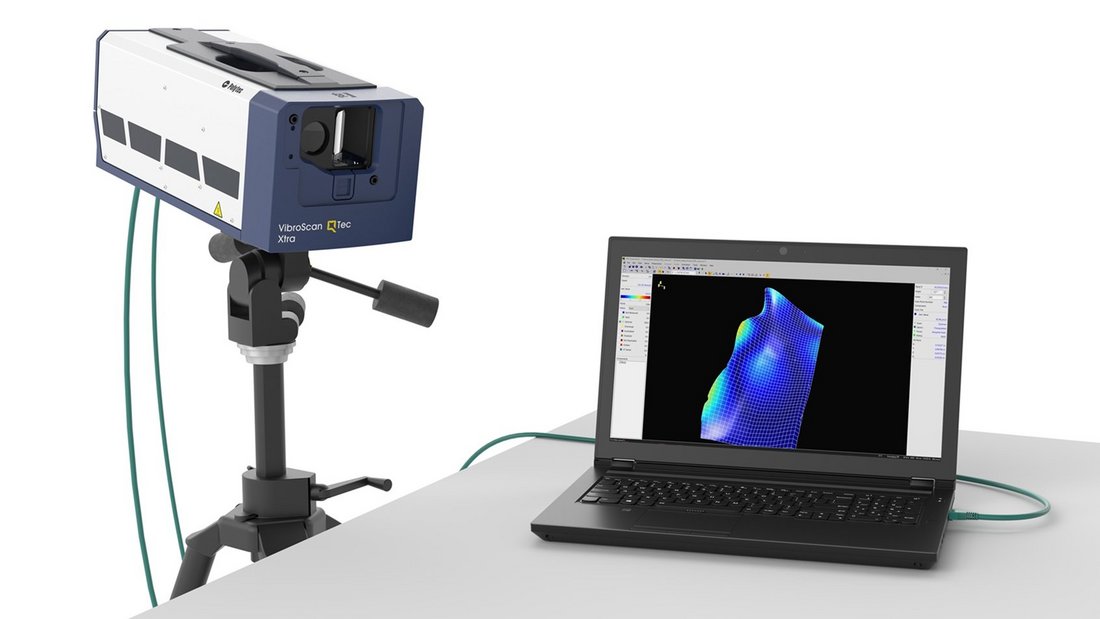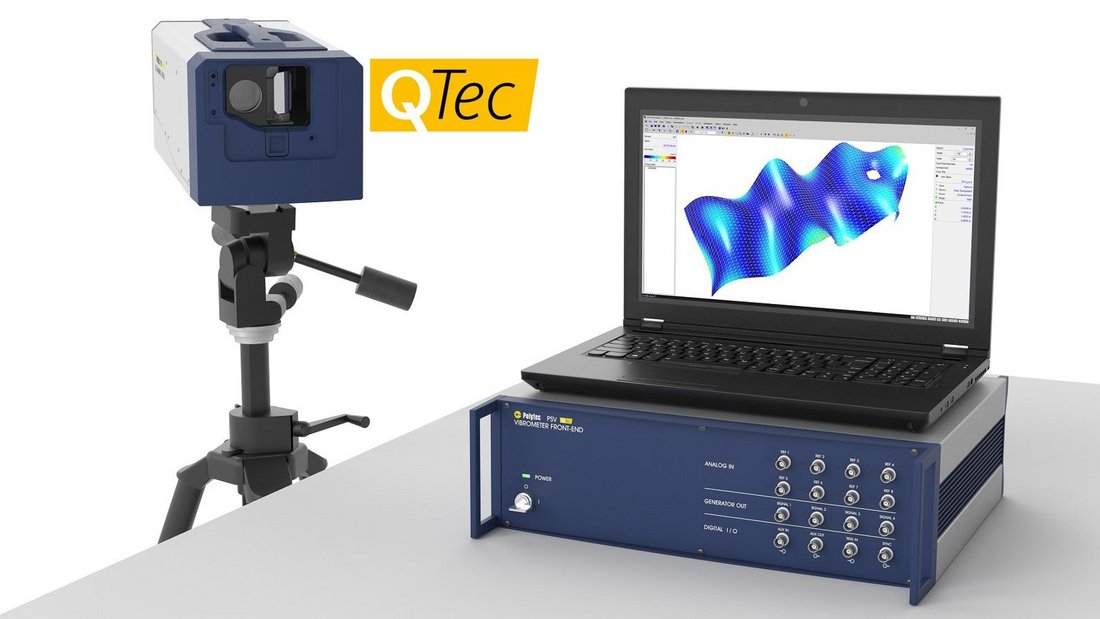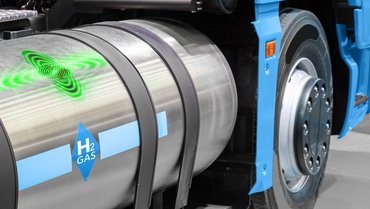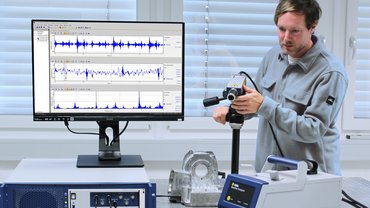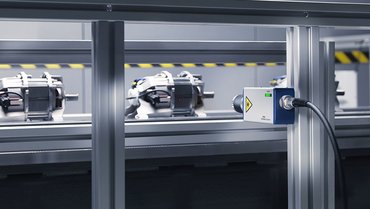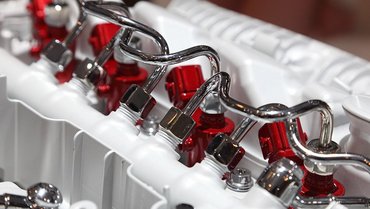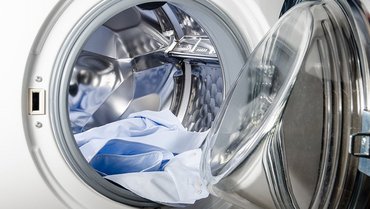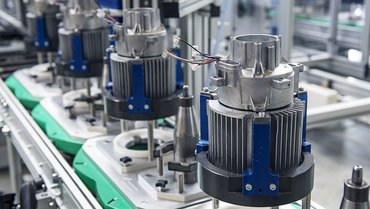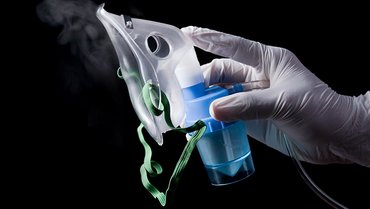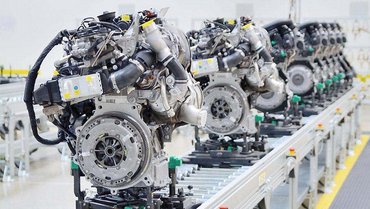End-of-line or in-line quality control
End-of-line (EoL) testing is the process of checking the quality of the manufactured product at the end of the production line and assessing it as OK or not OK. In contrast to EoL testing, in-line testing involves testing and evaluating product quality directly during the manufacturing process. Depending on the product to be tested and the quality criteria, different sensors are used to ensure the quality of the delivered product.
Learn how laser-optical sensors and non-contact testing of the acoustic signature helps in end-of-line testing!
Advantages of EoL vibration testing
- Non-contact: Non-reactive, even in hard-to-reach areas
- Auto focus: Reliable measurement results at short and long distances
- Reliable: Unaffected by ambient noise
- High precision: Valid data detecting even small differences
- Easy integration: Interfaces for PLC and test systems
No budget? Just measure.
Whether you need contract measurements, equipment rental, or leasing, our scalable services deliver precise data—without the overhead of major investments. Ideal for short-term projects, occasional use, or limited budgets. Get in touch with us—together we will find the right solution for your specific needs!
Stand-off distance, frequency and min/max acceleration values?
Become an EoL testing expert: tips, tricks & video tutorials
The IVS-500 Industrial Vibration Sensor from Polytec is a dedicated and flexible measuring device for end-of-line testing on behalf of the vibro-acoustic signature or a produced part or assembly.
This exclusive section (login) provides an overview, the basics of acoustic testing using laser vibrometers and a practical benchmark and comparison to alternative EoL testing methods, as well as valuable tips & tricks in video tutorials for the use and handling of the IVS-500 Industrial Vibration Sensor - for starters, users, integrators and experts.
